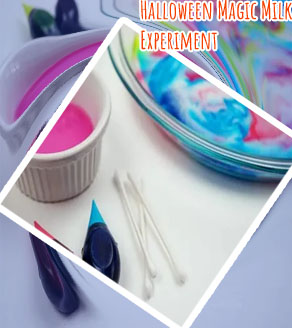
- Science fair decorations
- Stem science for preschoolers
- Autumn stem activities
- Science stem activities for kindergarten
- Science and engineering
- Science technology and engineering
- Computer science
- Science experiments ideas
- Earth science for stem
- Courses under stem
- Stem team building activities
- Easy stem projects
- Steam in higher education
- Master of science in stem education online
- What is a stem professional
- General chemistry definition
- Microsoft stem education
- Christmas stem activities
- Physics science fair projects
- Steam and education
- Outdoor stem activities
- Stem science
- Stem science projects
- Science and technology
- Mathematics in biological sciences
- Science and engineering fair projects
- Science fair projects
- Math and science academy
- Stem science activities for elementary
- Science fair volcano
- Stream science technology
- Science stem careers
- Science in daily life project
- What is stem field in science
- Science fair projects for 6th class
- Animal science project ideas
- Science fair projects for high schoolers
- Easy science fair projects
- Good science fair projects
- Stem related degree
- What goes on a science fair project board
- Stem education for preschoolers
- Skittles science fair project
- Highest paying stem majors
- Engineering activities for kindergarten
- Steam science projects
Milk food coloring and dish soap
On 'Renaissance,' Beyoncé Demands Joy
Milk food coloring dish soap
Drop just one drip of dish detergent in the middle of the milk. Watch what happens! The colors will sink in response to the dish detergent, then emerge again—marbleizing and combining—before stabilizing and standing still Please Leave a Comment: Cancel reply World's Biggest Milk Food Coloring And Dish Soap Experiment!!

Experiment Videos
Milk soap and food coloring experiment
Fat, molecules, color, swirl For more STEM fun involving magic and colour, be sure to check out our cool eResource – Rainbows & Kaleidoscopes: 25 STEAM Activities Exploring Colour (and Color!). Build a snowman from the warmth of your home or classroom using fake snow. Then watch and hear the chemical reactions as you pour vinegar over your creation. Modify your experiment by incorporating dish soap into your snow and observe how the reaction changes.